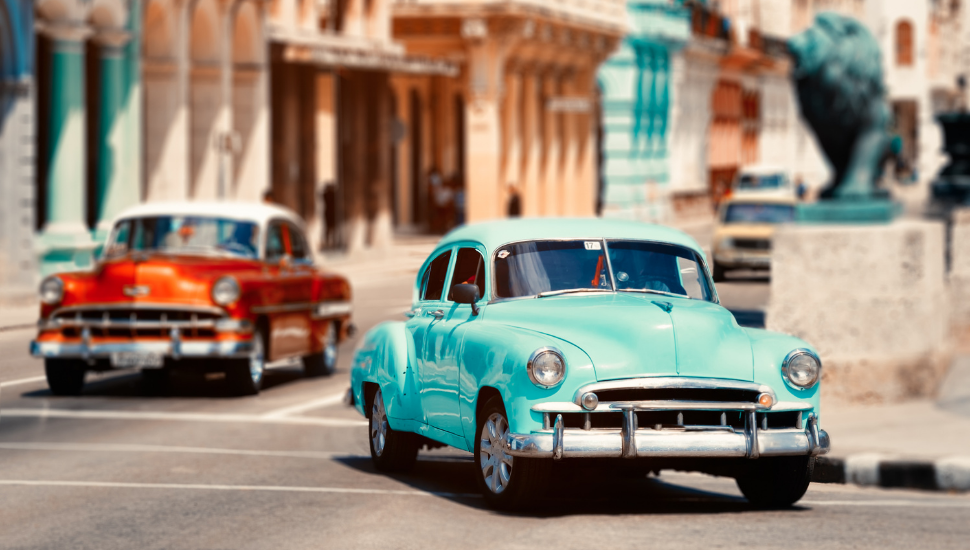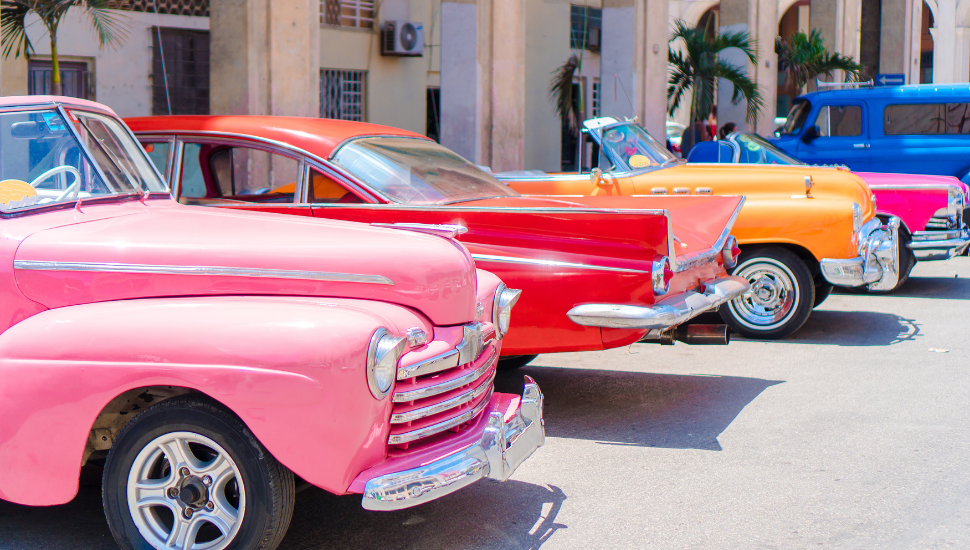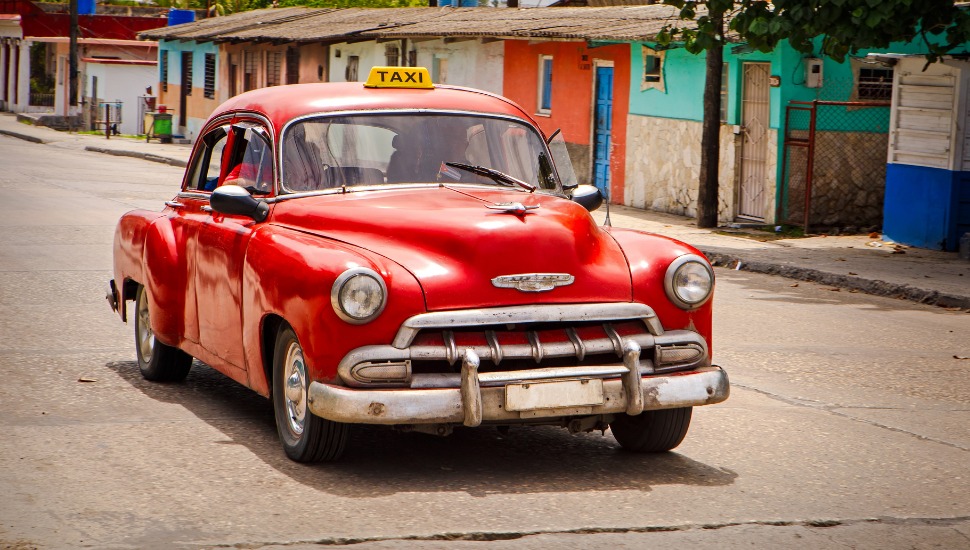Cubas' Classic Cars: Why Does Cuba Have So Many Classic Cars?
British holidaymakers have long flocked to the Caribbean for it’s crystal-clear seas, picture-perfect white sand beaches, glorious sunshine, not to mention incredible food, culture and the infectious spirit of its people.
But while islands like Jamaica, Barbados and the nearby Turks and Caicos have long attracted the well-heeled hoards, the largest of them all, Cuba, was for years considered off limits by all but the most adventurous.
Part of the Soviet Bloc and located behind what became known as ‘The Cactus Curtain’, Cuba was best-known to those in the West as the setting for spy novels, the home of salsa music and the maker of the world’s finest cigars.
Thankfully though, those days are no more.
Cuba is now firmly established as one of the Caribbean’s holiday hotspots and more and more British holidaymakers are experiencing it for themselves, with many choosing dual destination packages, spending a few days in the capital, Havana, and the remainder in one of the country’s many stunning beach resorts.

Cuba's classic car culture is alive and kicking
One throwback to the communist era and the heady days of Fidel and Che Guevara remains to this day and has become an intrinsic part of the nation’s image globally – the thousands of colourful classic cars that keep the island running and which have earned it the unofficial nickname of ‘the world’s greatest living car museum’.
With an estimated 60,000 classics – mostly American – on the roads, it seems like there’s another automotive gem around every corner. And taking a ride in the back seat of one is a must-do for any tourist seeking the full Cuba experience.
But what’s the story behind Cuba’s classic car culture?
Why does Cuba have so many old cars?
Cuba’s concentration of classic cars is intertwined with the country’s politics and can be traced back to the Cuban revolution in 1959.
In the years leading up to the revolution, Havana was a wealthy and decadent city awash with glitzy hotels, casinos and the latest American automobiles.
At one stage, the country was even used as a proving ground by US motor manufacturers, meaning new models would often be launched there before hitting showrooms Stateside.
But when Castro swept to power, the wealthy foreigners fled and strict controls were placed on imports.
This left the Cuban people in a motoring limbo and until only a few years ago, old cars – some dating back to the 1930s – were all they could get their hands on.
This means Cuba now is one of the best places to see American classics from the golden age of American motoring and brands like Cadillac, Buick and Lincoln.
Can the old cars be found all over Cuba?
Yes, you’re likely to see the odd American classic in most parts of the country but the biggest concentrations by far can be found in Old Havana and Varadero, a popular beach town on the Hicacos Peninsula just along the coast.

How come such old cars are all still running?
With economic sanctions and blockades imposed on Cuba by the US in particular in the post Cuban Missile Crisis era, Cubans couldn’t get access to replacement parts and spares, or even tools, for their cars and had to get super creative.
If they were lucky, they could find suitable parts from Soviet cars and adapt them to fit their American motors. However, most of the time, they were forced to bodge repairs using ordinary household items.
Famously, with limited access to brake fluid, ingenious Cuban mechanics developed their own from a mix of shampoo, oil and washing up liquid.
The island’s semitropical climate also helped to keep the cars in great condition, ensuring they did not degrade as fast as those in colder climes.
And, as the cars themselves came to be seen as a symbol of Cuba, tourists became interested in taking rides, generating income for the vehicles’ upkeep.
Are the Cubans able to buy new cars now?
Step outside of Havana’s main international airport and you’ll immediately know the answer to the question as to whether Cubans are able to buy new cars now is ‘yes’.
Many of the restrictions on new car imports were lifted back in 2011 and things have continued to ease since. You’ll now see many familiar models from around the world on the streets of the city.
However, permits are still required and new cars are still out of the reach of ordinary Cubans and so the old ‘make do and mend’ car culture is alive and well.

How do I experience a classic car in Cuba?
It’s easy to experience a classic car in Cuba.
Many of the island’s classics operate as taxis and can be hailed on the streets. There’s also a myriad of specialist tour operators operating offering trips to individuals and groups.
It’s also possible to hire a classic if you fancy getting behind the wheel of one of these majestic machines yourself.
Get a Quote